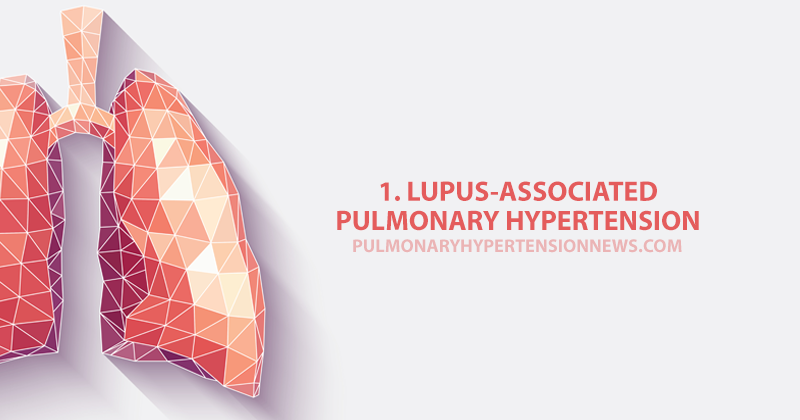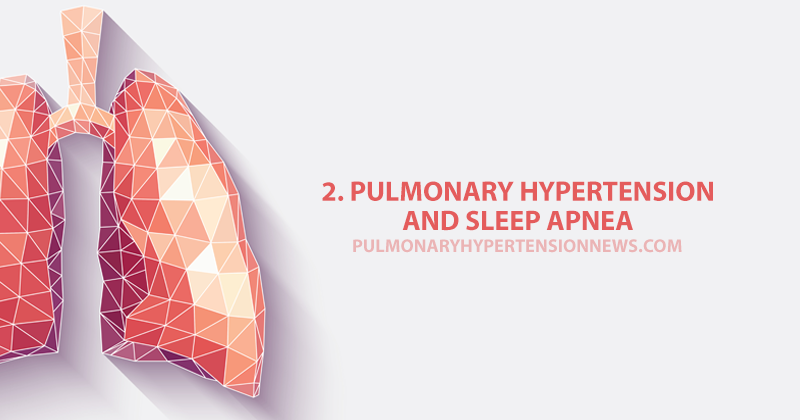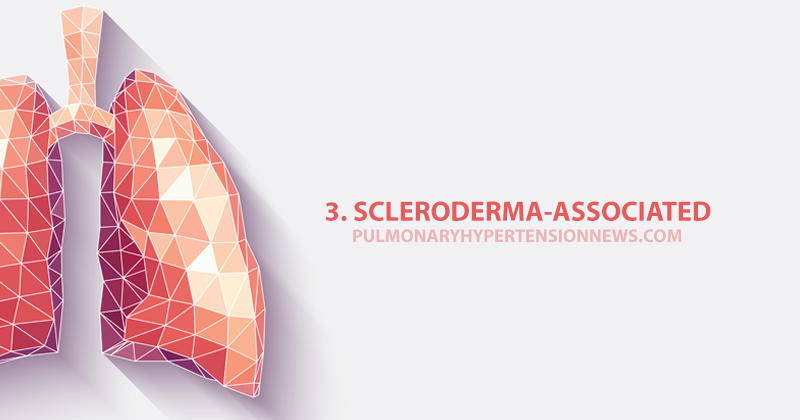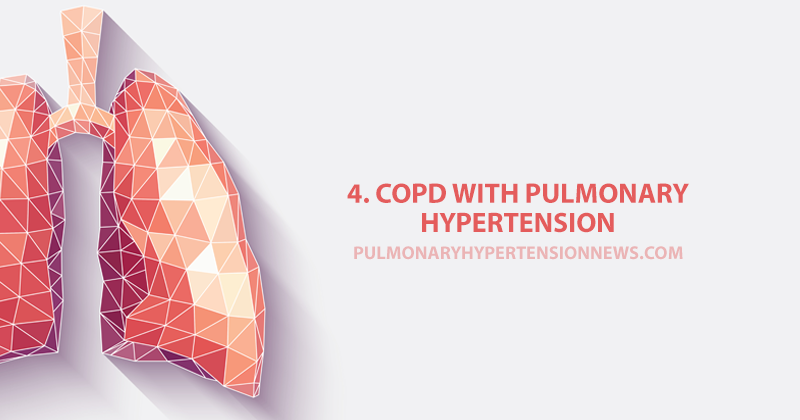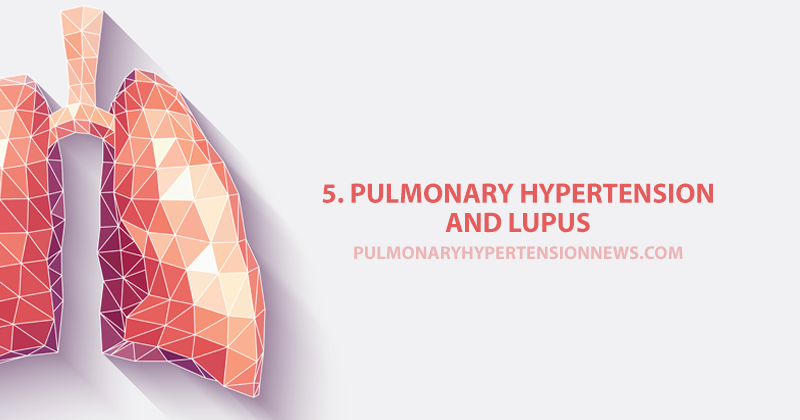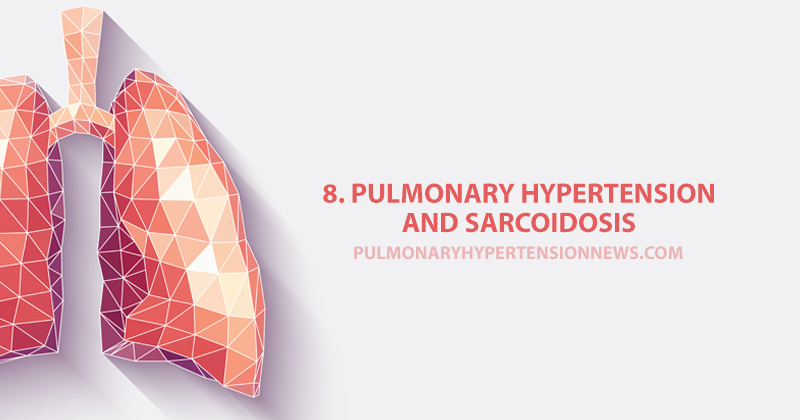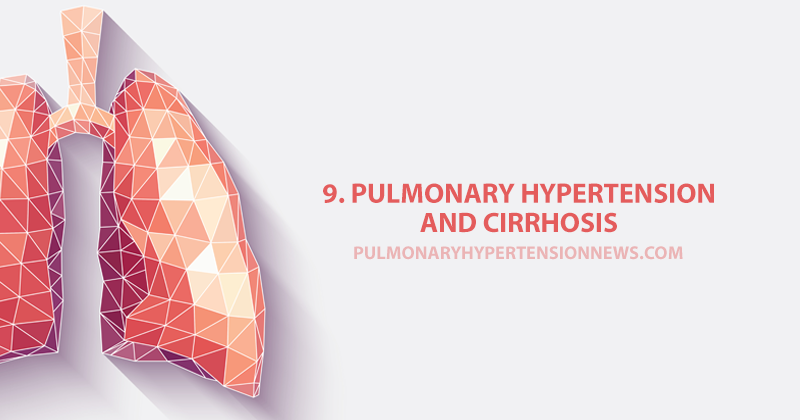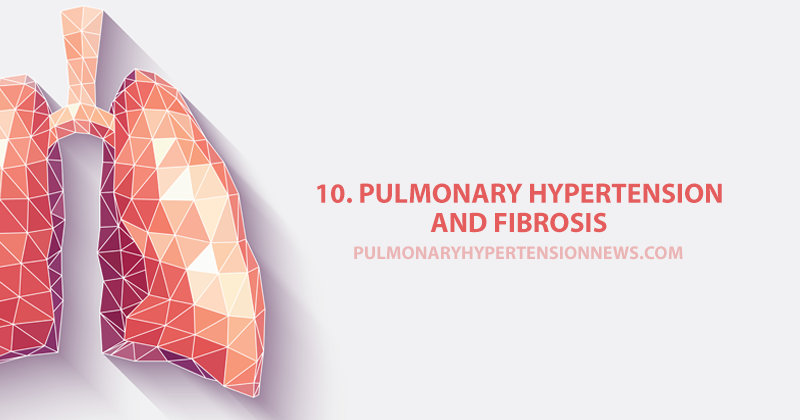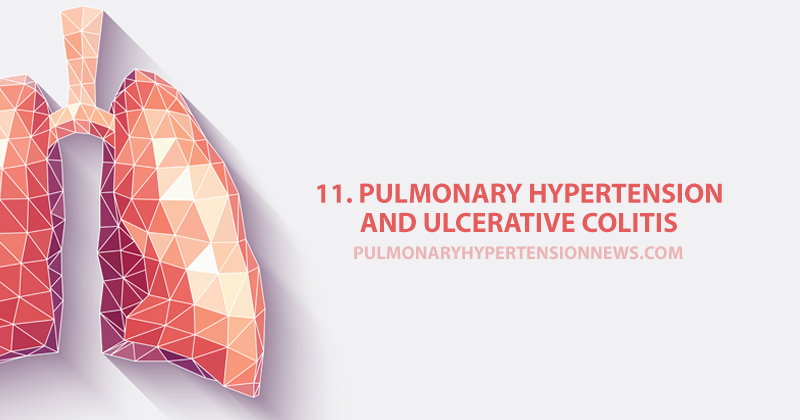11 Pulmonary Hypertension-Related Diseases
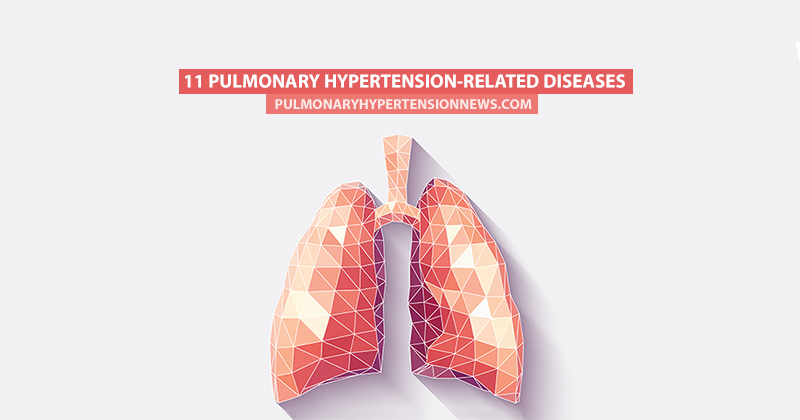
The hearts of patients with pulmonary hypertension need to work harder to properly pump the blood, which makes them enlarged, weakened and more susceptible to complications such as right heart failure. It can also be related to other diseases.
For more info, here’s a list of 11 diseases related to pulmonary hypertension you should be aware of:
Lupus-associated pulmonary hypertension can be due to a number of issues. PH symptoms may involve left heart dysfunction, right heart dysfunction, inflammation of the small blood vessels in the lung, pulmonary embolism (blood clots) or irritation of the area around the air sacs. Each of these symptoms requires different treatments making lupus-associated PH more complex than PH on its own.
Did you know that lupus patients with PAH may need close monitoring as well as early treatment?
Pulmonary hypertension and sleep apnea is a well-known contributor to the development of cardiovascular disease and pulmonary hypertension. This correlation happens because the disease increases the risk of hypertension, pulmonary vascular disease, ischemic heart disease, stroke, congestive heart failure and arrhythmias.
Do you know how to sleep well with PH? Find more about it here.
PAH is a late complication of scleroderma (SSc) in 8 to 10 percent of cases. People with cutaneous scleroderma are at a greater risk of developing PAH than those with diffused cutaneous scleroderma. It so happens that the endothelial cells in the inner lining of the blood vessels are injured and the connective tissue is laid down inside the walls of these blood vessels. The time taken for the development of PAH in SSc patients varies between five to 10 years after the first onset of SSc symptoms.
What do you know about scleroderma related to pulmonary hypertension?
Pulmonary hypertension is often a result of suffering from COPD and it is associated with increased risks of exacerbation and decreased survival. PH as a consequence of COPD can be mild to moderate and the combination of the two disorders can lead to a discouraging prognosis for patients, as the symptoms particularly worsen during exercise, sleep, and exacerbation.
What do you know about COPD? Here are some myths and facts you might be interested in.
Pulmonary hypertension and lupus are two very different conditions and pulmonary hypertension does not cause lupus. However, lupus may be able to cause pulmonary hypertension in a small range of patients, although the coexistence of the two diseases is very rare. Pulmonary hypertension and lupus together are more common among female patients who are younger than traditional patients who suffer from PH.
Did you know that lupus patients with PAH may need close monitoring as well as early treatment?
Candidates for liver transplant or patients recently submitted for liver transplant are particularly at risk of suffering pulmonary hypertension for different reasons. Advanced liver disease or cirrhosis causes fibrosis and changes the actual architecture of the liver. Progression of the disease varies according to each patient, affecting other organs and tissues as well.
Do you know what’s the link between pulmonary hypertension and liver disease?
Hypoxia is a condition that occurs when body tissues do not receive enough oxygen to properly function and it’s one of the diseases that can cause pulmonary hypertension. Due to the lack of oxygen, it is a life-threatening condition, which can result in damage not only to the heart and lungs but also to the brain, liver, and other organs.
8. Pulmonary Hypertension and Sarcoidosis: Sarcoidosis is an inflammatory disease and its signs include asymptomatic symptoms, systemic complaints, fever, dyspnea on exertion, cough, chest pain, hemoptysis, and Löfgren syndrome. The combination of the two diseases can occur in any patient, but it is more common among patients in an advanced stage.
What do you know about sarcoidosis and pulmonary hypertension? Find out more about it here.
The development of pulmonary hypertension by patients with cirrhosis is usually related to portal hypertension, which is typical in patients with cirrhosis and can result in PH. Volume overload from sodium retention can be one of the causes for high pulmonary artery pressures. In addition, patients with cirrhosis can also develop pulmonary hypertension due to other reasons.
Read more on how pulmonary hypertension can be linked to hepatic cirrhosis.
Interstitial lung diseases, a group that includes pulmonary fibrosis, is one of the most common causes of pulmonary hypertension due to the damage it causes to the vessels and lungs. Pulmonary fibrosis is a condition that causes scarring in the lung tissue, making it more difficult for the organ to properly work. Similarly to pulmonary hypertension, there are numerous reasons that can cause it, and when not found, it is also termed idiopathic.
Learn more about stem cell therapy and pulmonary fibrosis.
Inflammatory bowel disease, and ulcerative colitis, in particular, causes irritation in the digestive tract which leads to diarrhea, often with blood or pus, abdominal pain and cramping, rectal pain or bleeding, difficulties in normally defecating, weight loss, fatigue, and fever. In addition, the disease can also result in a variety of respiratory complications.
Find out who is more at risk of developing pulmonary hypertension here.
Pulmonary Hypertension News is strictly a news and information website about the disease. It does not provide medical advice, diagnosis or treatment. This content is not intended to be a substitute for professional medical advice, diagnosis, or treatment. Always seek the advice of your physician or another qualified health provider with any questions you may have regarding a medical condition. Never disregard professional medical advice or delay in seeking it because of something you have read on this website.




